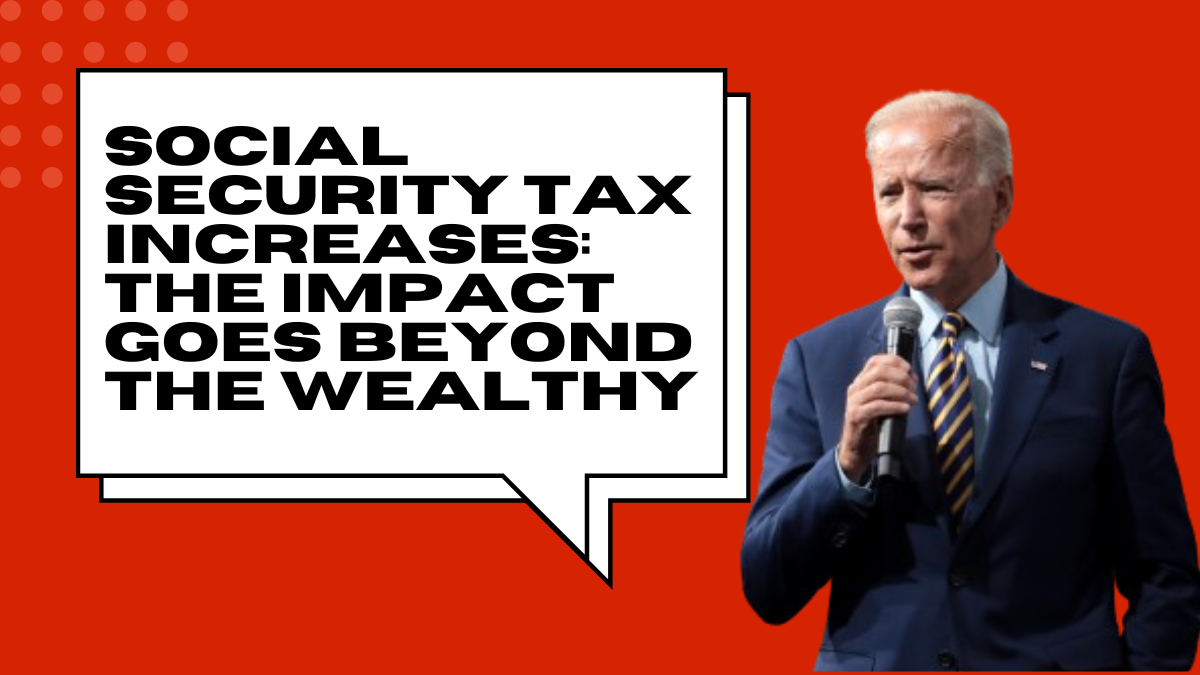Social Security taxes are set to increase in 2024, and while the changes target high-income earners, the impact will be felt across a broader spectrum of workers.
The Social Security payroll tax, which funds retirement benefits, disability insurance, and survivor benefits, is expected to generate more revenue as the taxable wage base rises. This will affect employees, employers, and small business owners alike.
Changes in 2024
It went from $160,200 in 2023 to $168,600 in 2024. This is because the Social Security wage base, which is the highest amount of money that is taxed at 6.2%, went up.
This means that people who make up to $168,600 a year will have to pay taxes on this part of their income for Social Security. People with high incomes are mostly affected by the increase, but workers close to the wage base give a bigger chunk of their income.
Broader Impact
Although high-income individuals pay more due to the rising wage cap, the changes also affect middle-income workers. Those whose income falls just below or around the wage base will see an increase in Social Security tax contributions as the wage base continues to rise yearly.
Additionally, self-employed individuals and small business owners responsible for the employer and employee portions of the tax will experience a larger financial burden. They pay 12.4% on income up to the wage base.
Small Businesses and Self-Employed
Small business owners, in particular, feel the strain of Social Security tax increases. They must contribute both the employer’s and employee’s shares of the payroll tax.
This means as the wage base rises, so does their tax obligation. The full 12.4% tax on the first $168,600 income becomes significant, especially for small businesses with narrow profit margins.
Financial Breakdown
To better understand the financial impact, here’s a comparison of the Social Security tax contributions from 2023 to 2024:
| Year | Wage Base | Tax Rate | Maximum Tax Paid |
|---|---|---|---|
| 2023 | $160,200 | 6.2% | $9,932.40 |
| 2024 | $168,600 | 6.2% | $10,459.20 |
The maximum Social Security tax an individual pays has increased by over $500 in 2024. While this may seem modest for some, it adds up over time, especially for small business owners and those close to the wage base.
Long-Term Goals
These tax increases aim to maintain the Social Security Trust Fund, which is projected to be depleted by 2034 without reforms. Increasing the taxable wage base increases the fund’s contributions, providing more resources to pay for benefits.
However, despite the short-term benefits, many experts argue that further reforms, such as raising the full retirement age or adjusting benefit formulas, may be needed to ensure the program’s long-term solvency.
Conclusion
People who make more than the highest incomes will be affected by the 2024 tax hikes on Social Security. As the taxed wage base goes up, workers with middle-class incomes and small business owners will pay more.
Even though these changes are needed to keep Social Security going, they make it harder for workers to pay their other bills and pay their higher taxes. It’s important to know how these changes to taxes will affect your finances in the coming years.











